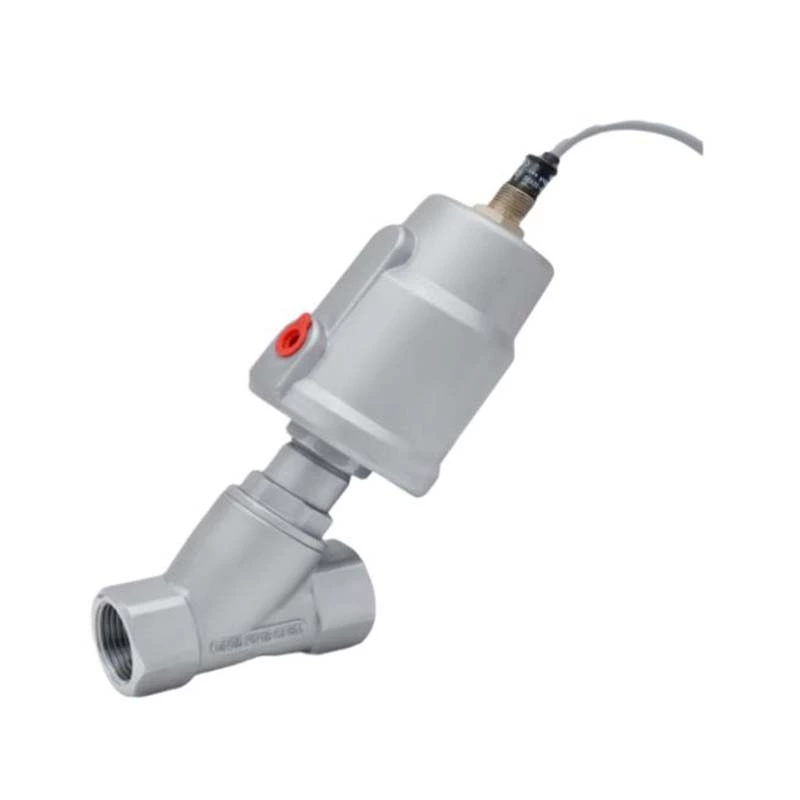Angle Seat Valve Working Principle
A Angle Seat Valve is a common control valve. It uses a pneumatic actuator as a control actuator, controlling the valve's opening and closing by varying the pressure and direction of the air signal. Its operating principle is as follows:
1. Opening the Valve: When the air signal pressure, adjusted by a regulating valve, enters the upper chamber (also called the drive chamber) of the pneumatic angle seat valve, this pressure acts on the piston above the valve body, causing it to move downward. Simultaneously, the air signal pressure also enters the valve core below the valve body, causing the valve core to move upward due to this pressure.
2. Closing the Valve: When the air signal pressure stops or decreases, the pressure in the upper chamber decreases, causing the piston to move upward due to the spring force. Simultaneously, the pressure in the upper chamber also decreases, pushing the valve core upward due to the spring's thrust.
Through this operation, when the piston moves downward, the valve opens; when the piston moves upward, the valve closes. In this way, by controlling the air signal pressure and direction, the valve can be remotely controlled.
It should be noted that pneumatic angle seat valves are generally suitable for the control of high temperature, high pressure, high viscosity or corrosive media. They have good sealing effects, can respond to signals quickly, have larger flow channels and smaller pressure losses.
